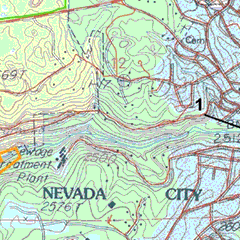Contact Pacific Southwest Waste Program
Pacific Southwest, Region 9
Serving: Arizona, California, Hawaii, Nevada, Pacific Islands, Tribal Nations
Golden Opportunity for Abandoned Gold Mines In Nevada City
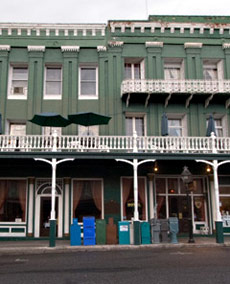
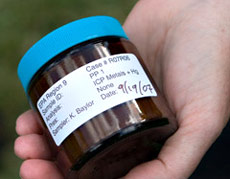
Nevada City, California is working together with federal and local partners to assess abandoned mine sites. The City is using Brownfields assessment funds to evaluate whether these former mining sites are safe as future recreation areas. Grant funds are being utilized to assess properties, prioritize sites for cleanup, and analyze cleanup options for mine-scarred lands. The project also strengthens local partnerships through community outreach activities.
Located in California's Sierra Nevada, Nevada City (population 3,001) has a long history of gold mining operations, with 16 major mines in the area. After gold was discovered in Deer Creek, Nevada City rapidly became the largest and wealthiest mining town in California, with 10,000 residents. Consequently, mining changed the landscape drastically. Miners aimed high-pressure hydraulic monitors, like large water cannons, at the hillsides to strip away gravel in search of gold. Miners also introduced tons of mercury into the environment to extract the gold.
Nevada City and its partners are now assessing five major mine tailings areas located in the heart of the city. These areas are close to residential neighborhoods and four elementary schools. Historical research and initial assessments indicate that these sites likely contain mercury and arsenic. Uncontrolled releases from Nevada City mine sites impact numerous downstream communities by potentially contaminating water and drinking water supplies and elevating mercury levels in fish. Deer Creek in particular is an important fishing resource for tribal communities and low-income rural areas, but there is a fishing ban in effect due to mercury levels.
Nevada City's primary partner for the brownfields site assessment is The Friends of Deer Creek (FODC), a local community nonprofit organization. Their mission is to further community understanding and stewardship of the Deer Creek watershed ecosystem through research, planning and education. FODC was ready and willing to develop an assessment protocol and begin assessment, but they did not have expertise in writing and implementing soil sampling plans. EPA helped FODC by designing and implementing a comprehensive sampling plan. FODC was eager to utilize laboratory services which could process a large number of samples at low cost. EPA evaluated the proposed laboratory methods and recommended sampling methods which could accommodate use of this less costly method, while adhering to EPA sampling protocols.
One area has already been sampled, and three more will be evaluated in coming months. After brownfields assessment and eventual cleanup, the brownfield sites will be used for publicly accessible greenspace and open space for recreational, educational, and ecological restoration purposes. Nevada City intends to locate a "Tribute Trail" linking these sites. The Trail will enhance public access to historic sites, allow for recreational walking and running, and support smart growth principles of urban design. Markers will be installed along the trail to highlight and interpret the old mining structures and features throughout the area. Beyond providing recreational opportunities, Nevada City and the Friends of Deer Creek seek to gain as much information as possible about mercury located within the Deer Creek watershed to better understand mercury fate and transport, and reduce or eliminate downstream mercury transport in the future. In so doing, Brownfields site assessment and future cleanup will help protect the residents of Nevada City and downstream communities from potential health impacts by improving water quality.
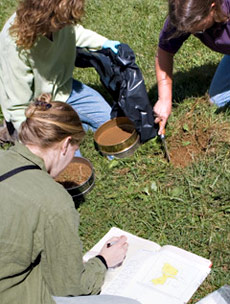
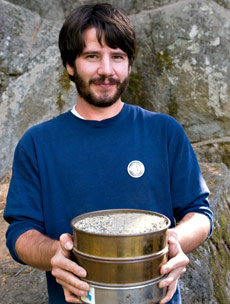
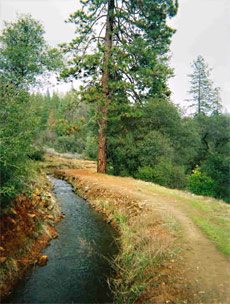
For more information about the Friends of Deer Creek, visit the Friends of Deer Creek Web site ![]() .
.
More About Mercury
Mercury contamination from historical gold mines represents a potential risk to human health and the environment. Miners used mercury to enhance gold recovery in all the various types of mining operations throughout the Sierra. However, more mercury was used and lost at hydraulic mines than at other types of mines. Hydraulic mining was widely practiced throughout Nevada County. State and federal agencies are looking to develop a better understanding of mercury distribution in the areas affected by historical gold mining. Key issues of concern include impacts to public health posed by consumption of contaminated fish, improper handling of contaminated sediments, and direct exposure to mercury. Agency representatives are further concerned about how mercury is transported downstream, and bioaccumulation of mercury in the food chain.
For further information about mercury, go to EPA's mercury website.

